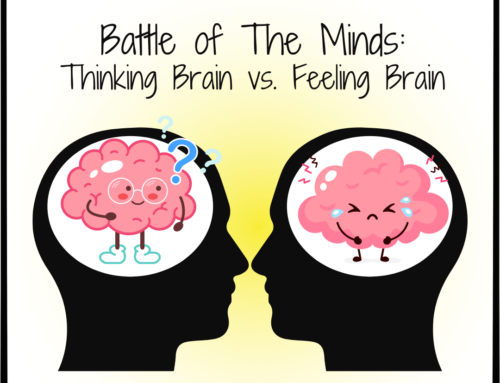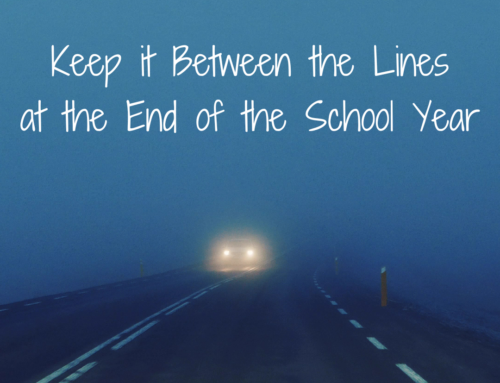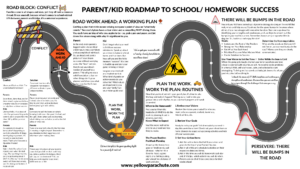My family has recently made a big high school switch.
It was the right choice for us, for a million reasons, and yet there are sacrifices involved. Our boys left their peers of over 10 years, the school is about 30 minutes from our home which takes extra planning in leaving for the day, extra time intervening to bring forgotten supplies and, perhaps the biggest for us as parents, the extra thought in navigating private school expenses.
Yet I am a thousand percent (gracefully suspend judgment of my math abilities) invested in this change for our children. This is what we do for the humans we love. Right?
I was equipped to make this decision because of my 20+ years of experience in the education industry. And yet it still took time and consideration. What would that look like for a parent who was less equipped?
I’ll explain some of our story for reference. Back up 4 years to rock-bottom for our family: when our boys were headed to 6th and 8th grade – in the years where school engagement drops for all students.
–
By 5th grade, neither boy felt that school brought out “what he did best” or peaked interests through the trio of inspiration, challenge, and support. Each felt frustrated and lost confidence in himself in spite of well intended teaching and parenting.
We had only made matters worse when we kept saying, “try harder, find something you like, you have greater potential than this,” when they expressed waning interests or earned lower grades than expected, because we left them wondering how do you think I’m supposed to do that?
I see now that each boy had felt ill-equipped to succeed in his journey…And motivationally challenged to continue. All of the “shoulds” and “try harders” only pushed us further away from understanding the root cause of the problem: they weren’t getting to do what they were interested in or felt good at. They were losing their love of learning.
I’ve talked with hundreds of parents with kiddos in these middle to high school years who are at wit’s end with their sons’ academic performance and, ultimately, lack of motivation and engagement in life. “We just want to see them live their potential,” parents say.
They are stuck in the heartbreaking cycle of pushing their kids farther away each day but they don’t know what else to do.
–
I feel this heartbreak as a fellow parent who wants her kids to succeed and as a teacher who sees the “learning brand” distorted in the eyes and hearts of beautiful souls – kids who, for over half the days in a year, walk through the doors of a place that reminds them of their inadequacies.
The tragedy for all of us? We miss the gift of joy learning. And the gifts of identity and purpose that emerge for each of us through learning. In the same way that an able-bodied human learns to walk rather than saying, “Walking just isn’t for me,” all kids can learn – all at their own strengths- rather than saying, “School just isn’t for me. Learning? I’ll take a hard pass.”
What if our sons’ “laziness” is not lack of motivation but lack of understanding about how to try? Combined with lack of understanding that it’s OK to fail?
–
Student perspective: Why would trying your hardest to become a high achieving grown-up look attractive to someone who is not really sure he wants to become an adult…ever? Because it means practicing all the things that he’s not good at…none of the things he’s good at or likes. Can you see how they’re torn?
And can you see how messages of, “you’re so capable, just try harder, just find something you like to do” would further alienate someone who doesn’t feel capable from the beginning?
–
Folks, it doesn’t have to be this way.
I’ve completely changed my parenting style, and I’ll talk more about shepherding next week. For this week, I’d like to suggest how skills can be taught differently in school, and parents can specifically support these skills.
Here’s how it can be different: directly teach executive function skills in school. By giving students the opportunity to find and use their individual strengths – what they feel confident in – and practice the skills they feel less confident in – we teach them about trying hard, failing, and trying again.
–
When we directly teach skills and tools that students can use to overcome obstacles in their personal journeys to succeed in school, learning, and life, we guide students to practice becoming successful adults rather than pointing them in the direction and saying: follow this map and find the signs. You’ll love the view from the top. Trust me.
This desire to directly teach, in community with others, has moved Yellow Parachute to create a learning sherpa for parents I first heard this term in the article by Katherine Prince in 2015. And I haven’t stopped thinking about it.
–
Sherpa Cindy Geske is a guide who can help each family-party on the journey, provide tools, techniques and advice, and ultimately show them that they’ve got what it takes.
We envision that by gathering parents and connecting them with a learning sherpa, parents can support their kids in a way that school can become a community of hikers, gathering to help one another to climb the mountain of learning. To rally around one another, encourage when the climb is steep, pause for the photo op at basecamp. Sure, the view at the top might be great, but let’s put that on hold for now and build joy in the journey of learning.
Yours on the journey,
Cara







